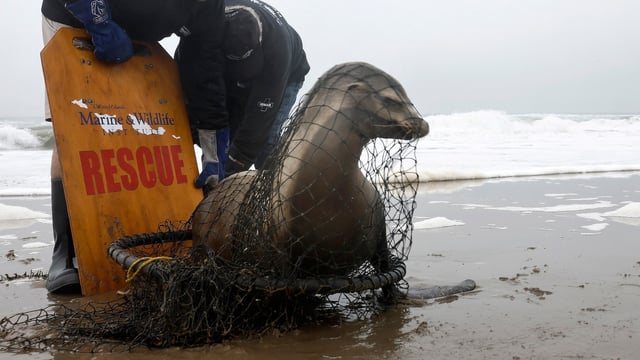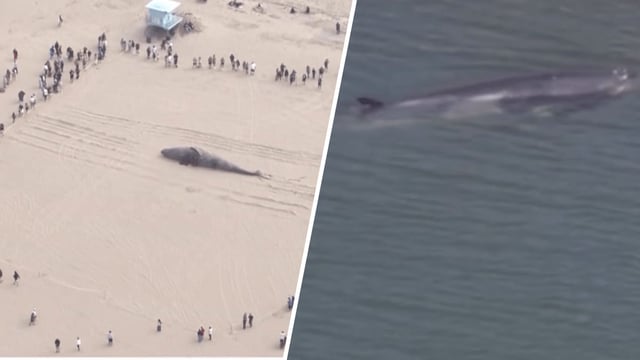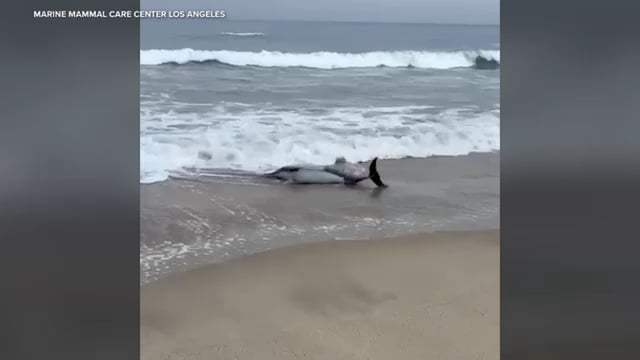Overview
- The toxic bloom, spanning from San Luis Obispo to San Diego, has been designated an extreme danger zone by health and environmental groups due to its severity.
- Necropsies confirmed domoic acid poisoning as the cause of death for a humpback and minke whale, with tests pending for two gray whales stranded in the region.
- Over 200 marine animals, including record numbers of dolphins and sea lions, have been affected, with rescue centers struggling to keep up with daily strandings.
- Of the 14 dolphins tested by NOAA, 11 showed high levels of domoic acid, and one also had saxitoxin, indicating multiple toxins in the marine food web.
- Experts attribute the bloom's intensity to warming ocean conditions, fertilizer runoff, and wildfire debris, highlighting long-term ecological imbalances.



